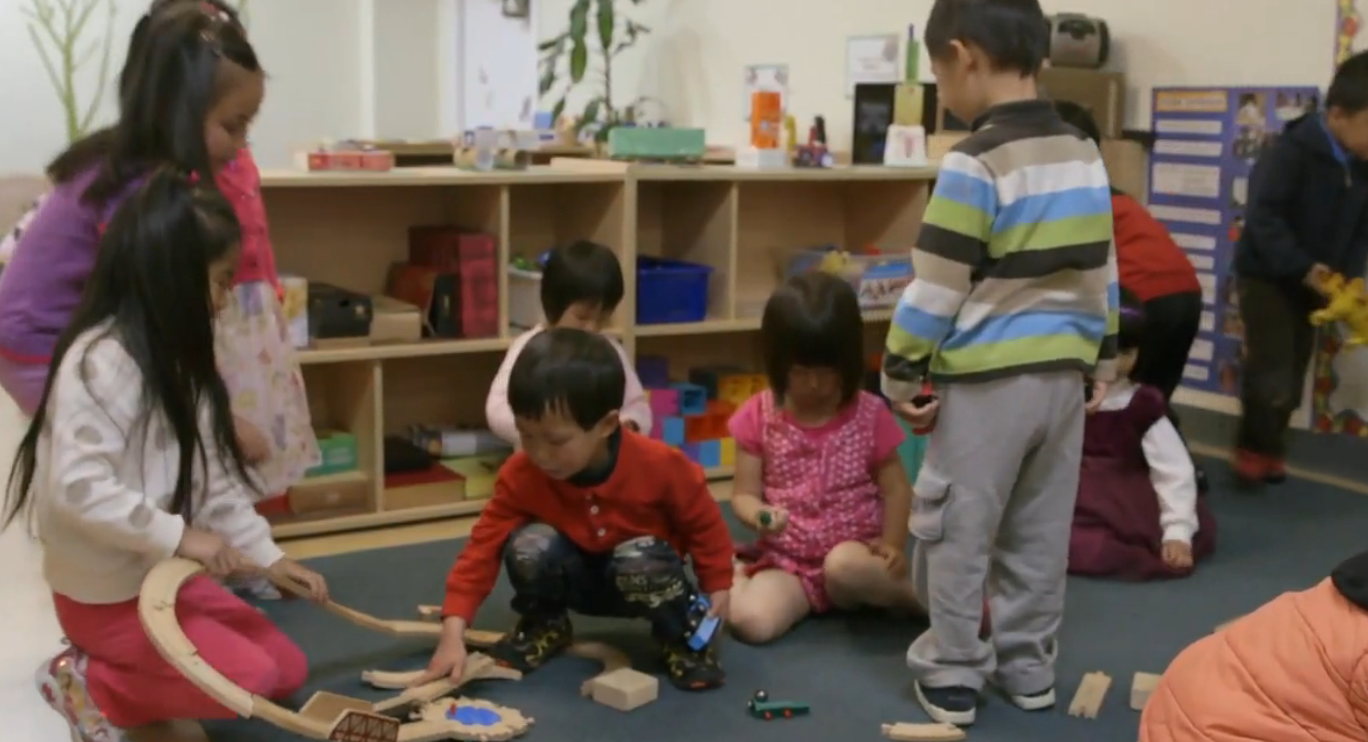Early Literacy for ELLs
3. Language Experience Approach - LEA
The Language Experience Approach

LEA is an experiential, child-centered method of teaching that is highly effective in getting students to read, and keep reading - especially students learning a second language. As students' thoughts are valued, they're inspired to read predictable material that has roots in their own experiences, culturally and personally, as the basis for reading and for writing. Using words and with pictures they are already familiar with, this approach works into a reciprocal process of reading, speaking, listening, writing, and corresponding through social norms and the use of social vocabulary with interactions among peers.
Using social vocabularies in peer exchanges, students build upon vocabularies that are at first limited to be conversational, then after practice advance to more advanced academic vocabulary. Words and phrases from the home language may also be used and are encouraged. Children engage in "code-switching" where they move between languages drawing from their first language for the most meaning and understanding.
Let's see how it unfolds:
- Students are told they will compose a story based on an experience they all had together.
- Teacher and students brainstorm story ideas together, which can range from a class trip, a theme of study, or another school-based experience they can all share in.
- Teacher models the story writing process first, as students dictate the story, watching the teacher write and listening to thoughts as it unfolds.

- The teacher writes visibly, such as on a Smartboard, Whiteboard, overhead projector, Elmo, chart paper, or chalkboard.
- Students observe the teacher writing. (You watch.)
- Students and teacher read the story together. (We do.)
- Students read the story on their own while the teacher listens, either one at a time, circulating among peers, or one-on-one. (You do.)
- Teacher reads what he or she wrote aloud.
- The students edit the text.
The LEA can also be used in conjunction with some fun digital technologies, such as Storybird, writing collaborative stories digitally, or using virtual field trips to create an experience to then draw upon. See the 21st Century Resources folder for more digital storytelling and virtual field trip tools.